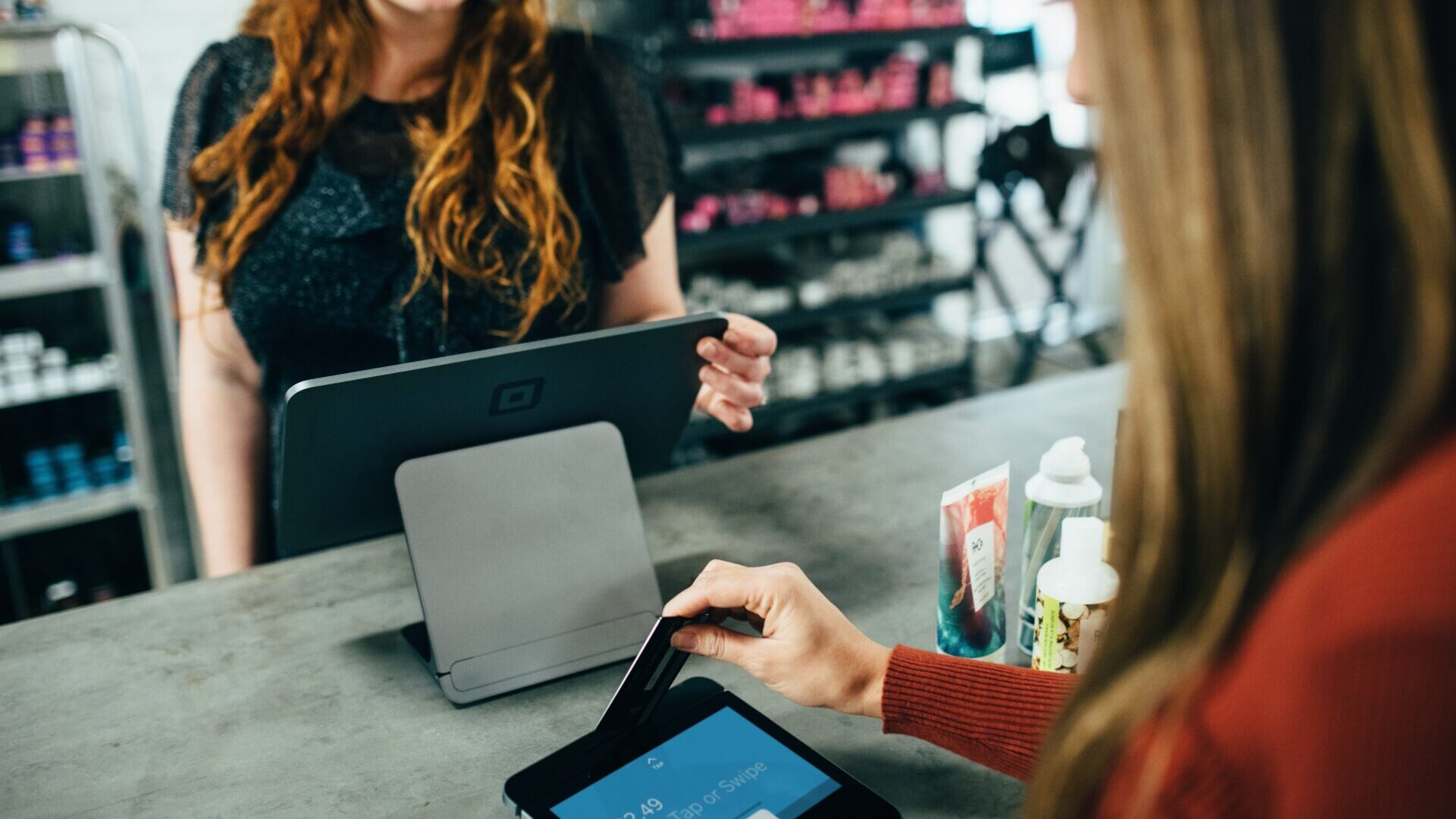The online retail space is expanding. More and more, customers are opting out of leaving the comfort of their couches and opting in to same-day delivery on both everyday needs and spontaneous online purchases alike. In the advent of online shopping, brick-and-mortar retailers must add value to the customer experience in order to avoid obsolescence.
This task places frontline retail employees at the forefront of an organization’s efforts to develop customer loyalty and drive business success. However, according to Axonify’s “2019 State of Frontline Employee Workplace Training,” only 59% of frontline employees “feel the workplace training they receive helps them succeed on the job.” Moreover, 30% of frontline retail workers don’t receive any formal training at all.
How can your retail employees demonstrate the value of your company’s brand, products and services if they are not equipped with the knowledge to do so?
Let’s evaluate the critical — and changing — role your retail employees play in supporting your company’s bottom line, as well as the delivery modalities and content strategies that are most effective for training the front line.
The Evolving Role of the Frontline Employee
To keep up with the increasingly conscious and research-oriented consumers of today, retail employees’ roles and the skills they need to be effective in them have evolved. “For many years,” says Ron Zamir, CEO of digital learning agency AllenComm, “the majority of [retail] training was around personal skills like building empathy, active listening [and] confidence. “More and more, because of the development of the more educated customer, our own customers that come to AllenComm for help in developing their frontline training [are] moving [toward] product knowledge and industry knowledge.”
In addition to communicating product features, retail employees must be able to provide an engaging and memorable customer experience. According to Bob Phibbs, known as the “Retail Doctor” for his extensive retail sales and training content expertise, “Brick and mortar can provide something online can’t, and that’s a feeling. People who feel they matter buy more.”
Today’s retail employees must go beyond answering customer questions to ensure that — among all the retailers they could go to — customers choose your company and your company’s products each time. Carol Leaman, president and CEO of Axonify, says, “For every single thing we all look for, there are probably 10 places we could get it, and the only way that retailers are going to differentiate themselves and get that purchase made in [their] store is to provide the experience that the customer wants: easy, quick, pleasant, helpful.”
Meet your frontline retail employees’ most critical training needs with the following approaches to content and delivery:
1. Digestible Content
Zamir attributes “the amount of content that frontline employees need to have at their fingertips” to the significant recent development of consumer knowledge. The easiest way to have massive amounts of content available to your frontline employees is to make the learning bite-sized and easily digestible.
Phibbs shares, “The smart retailers are understanding that the only way we get customer engagement is if we get employee engagement, and the only way to get employee engagement is to look at training in a new, bite-sized way — one that focuses the learning and then ultimately holds them accountable for whatever you taught them.” Bite-sized learning makes training quick and accessible to a workforce that is otherwise difficult to reach.
2. Training in the Flow of Work
Frontline employees are a difficult population to reach, because their time is critical. Anything that pulls them off the floor for an extended period of time is a hindrance to doing their jobs and helping the bottom line. For this reason, effectively training retail employees presents a number of challenges and obstacles to learning and development (L&D) teams.
Make your training resources available to your frontline employees in a way that will enable them to learn in the flow of work. “Information, knowledge [and] training [need] to be anywhere, anytime the employee has that moment of need. They can pull it out of their pocket, quickly access it, get what they need and move on,” shares Leaman.
There is so little time for formal training, and Zamir says, “That is where training in the workflow comes in. That is where our customers are asking us to rethink with them how they envelop their employee with access to critical materials at the point of need.” Pulling your frontline employees into a back room for weekly, monthly or annual training is not sustainable. The frontline needs learning that’s accessible at any given time.
3. Brand-based Content
Your customers have a multitude of options when it comes to choosing a company to buy from. According to Zamir, companies can “create stickiness for [their] content with [their] brand” simply by recognizing “that the same thing that keeps your customers coming back is the exact same thing that will keep your employees wanting to learn and provide better customer service.”
“Push your brand to the forefront. Embrace that every person that comes through your gates, that is given tools and competencies while working for you, is now the best brand ambassador you could have into the future,” Zamir shares. By developing your employees’ loyalty to your brand, you will help ensure that they exhibit and communicate that loyalty to customers — who will then bring their business back to your company over and over again.
4. Continuous Learning
“Training is something you do, not something you did,” says Phibbs. Training professionals across industries can all agree that one-time learning never works. However, it’s especially prevalent in the retail space, where employees are difficult to reach in the first place.
By providing your frontline retail employees with opportunities for continuous learning, you show them you’re invested in their development and foster their loyalty to the company. As Leaman says, “[Employees] recognize they’re learning; they recognize the employer’s investing in their personal knowledge.”
Brick and mortar is not dead — but it could certainly use some reviving. Bring your brand to life by creating frontline retail employees who also serve as ambassadors for your brand. With bite-sized content that defines and promotes your brand and is easily and repeatedly accessible, you can build a workforce of frontline employees who communicate the value of your company by providing a memorable customer experience.












